-
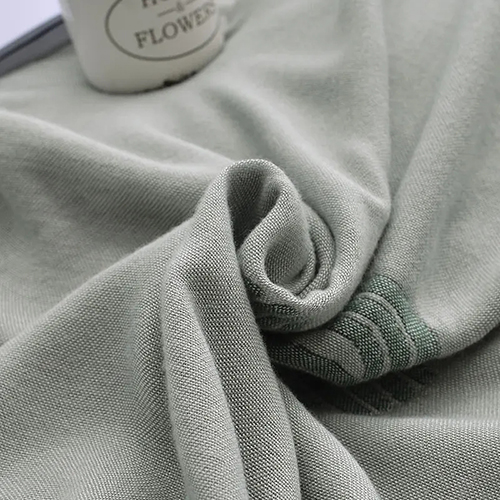
Application of Bamboo Charcoal Fiber
In The Field of Clothing Bamboo charcoal fiber has excellent moisture absorption and perspiration, antibacterial property, adsorbability and far infrared health care function. Also it can automatically adjust humidity. Its functions will not be influenced by washing times, which is especially sui...Read more -
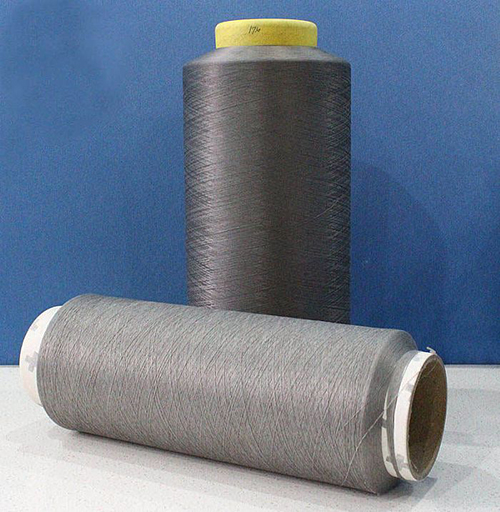
Performance of Bamboo Charcoal Fiber
Automatic Moisture Control Performance The equilibrium moisture regain and water-retention rate of bamboo charcoal fiber are higher than those of viscose fiber and cotton. Under the combined actions of honeycomb microporous structure and high moisture regain, bamboo carbon fiber has automatic moi...Read more -
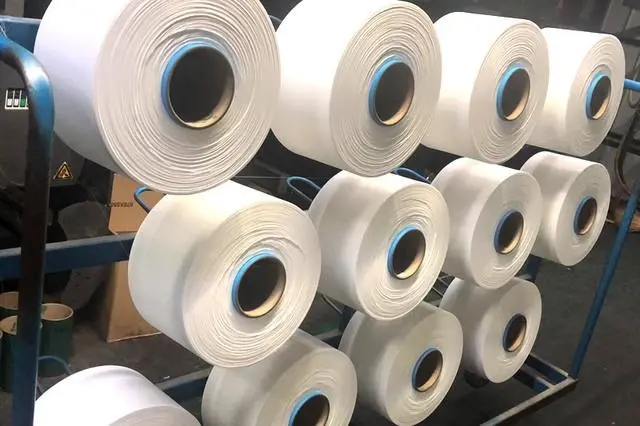
How to Distinguish FDY, POY, DTY and ATY?
Fully Drawn Yarn (FDY) It is a kind of synthetic filament yarn made by spinning and stretching. The fiber is fully stretched, which can be directly used in textile dyeing and finishing process. Polyester fully drawn yarn and nylon fully drawn yarn are commonly used. FDY fabric has soft and smooth...Read more -
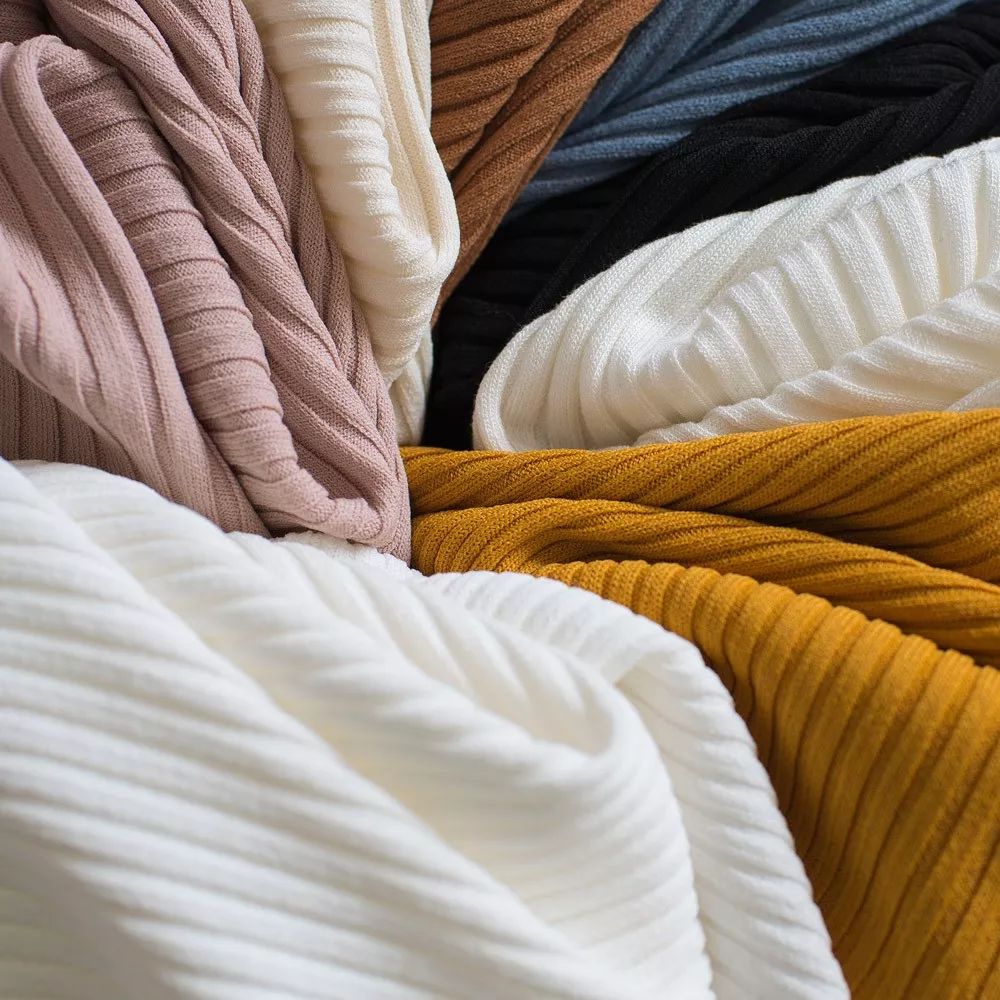
What Are The Characteristics of Viscose Fiber?
It is well known that viscose fiber is the most widely used regenerated cellulose fiber in chemical fiber. It has its own unique feature, which can be both pure spinning and blended with other fibers. The viscose fiber fabric has good advantages of good drapability, moisture adsorption and air pe...Read more -

How to Distinguish Reactive Printing and Paint Printing?
There are two main methods of fabric printing and dyeing, as the traditional paint printing and the reactive printing. Reactive printing is that under a certain condition, the active gene of dye binds to the fiber molecule and the dye penetrates into the fabric, then the dye and fabric have chemi...Read more -

The Trends of Today’s Home Textile Fabric
Antistatic Home Textile Fabric Synthetic fiber is greatly used in the field of home textile fabric, which makes up for the shortage of natural fibers. But synthetic fiber is poor in moisture adsorption and easy to accumulate static electricity. Its woven fabric is easy to adsorb dust and stain a...Read more -
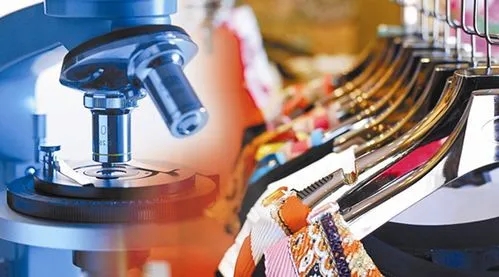
What Do You Know about APEO?
What Is APEO? APEO is the abbreviation of Alkylphenol Ethoxylates. It is formed by the condensation reaction of alkylphenol (AP) and ethylene oxide (EO), such as nonylphenol polyoxyethylene ether (NPEO) and octylphenol polyoxyethylene ether (OPEO), etc. The Harm of APEO 1.Toxicity APEO has acute...Read more -
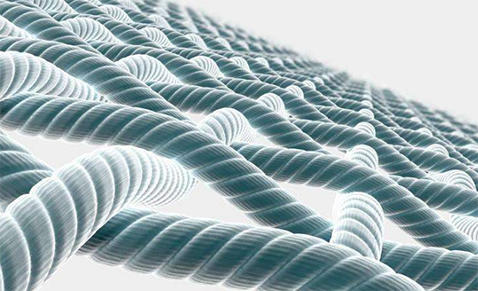
Application of Intelligent Fiber
At present, intelligent fiber is mainly applied in wearable health care, knitted fiber energy and fiber battery, etc. Intelligent Fiber Applied in Healthcare In healthcare, intelligent fiber is applied in touch and pulse signal perception. It is a sensor based on fiber pressure, which is based ...Read more -
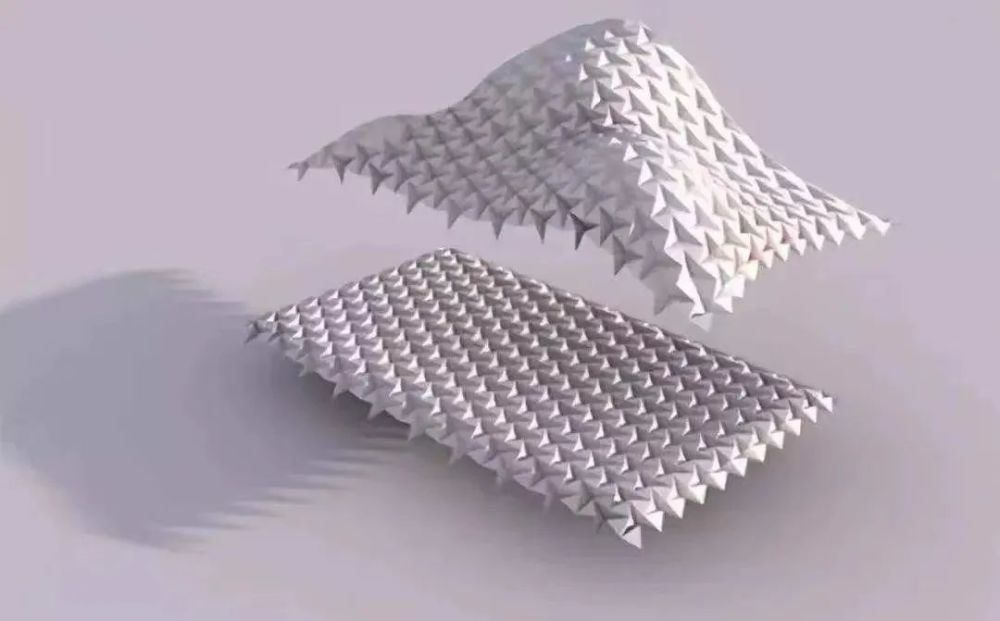
Intelligent Fiber
What Is Intelligent Fiber? Intelligent fiber is the fibrous intelligent material. Intelligent material system has many characteristics and intelligent functions, such as sensing function, feedback function, information recognition and accumulation function, response function, self-diagnosis funct...Read more -
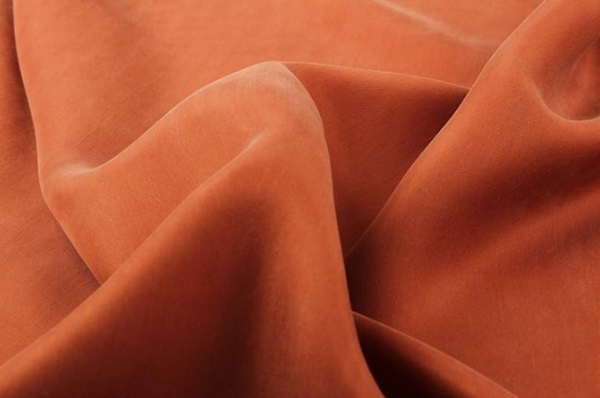
Some Tips about New Type Fibers
Jutecell Fiber Jutecell fiber is a new type of cellulose fiber made by processing natural plant flax fiber. It can not only keep the original antibacterial and mildew-proof performance, moisture adsorption, quick drying, air permeability and moisture wicking property, etc. of natural flax fiber, ...Read more -
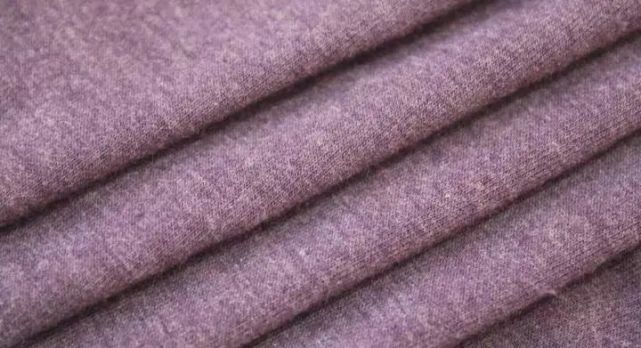
What Is New Type Fiber?
Definition of New Type Fiber Because the shape, performance or other aspects are different from the original traditional fiber, it is called new type fiber. Also to adapt to the need of production and life, some fibers are improved performance. The traditional fiber no longer meets the needs of p...Read more -
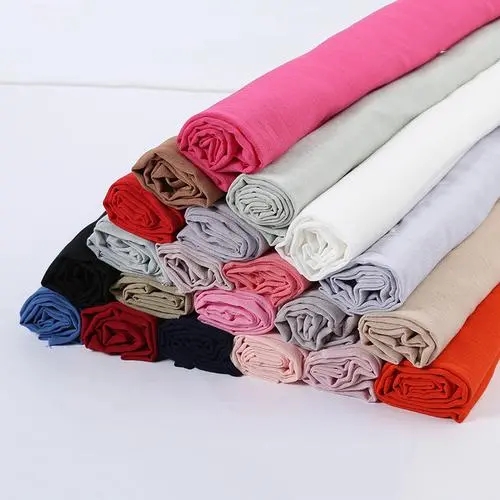
The Abbreviation of Common Textile Fabric and The Characteristics of Common Fibers
The Abbreviation of Common Textile Fabric Abbreviation Name of Textile Fabric AC acetate BM bamboo CO cotton LI linen, flax RA polyamide N Nylon PC acrylic PES, PE polyester PU polyurethane EL elastane fiber, spandex SE silk MS mulberry silk TS tussah silk ...Read more

